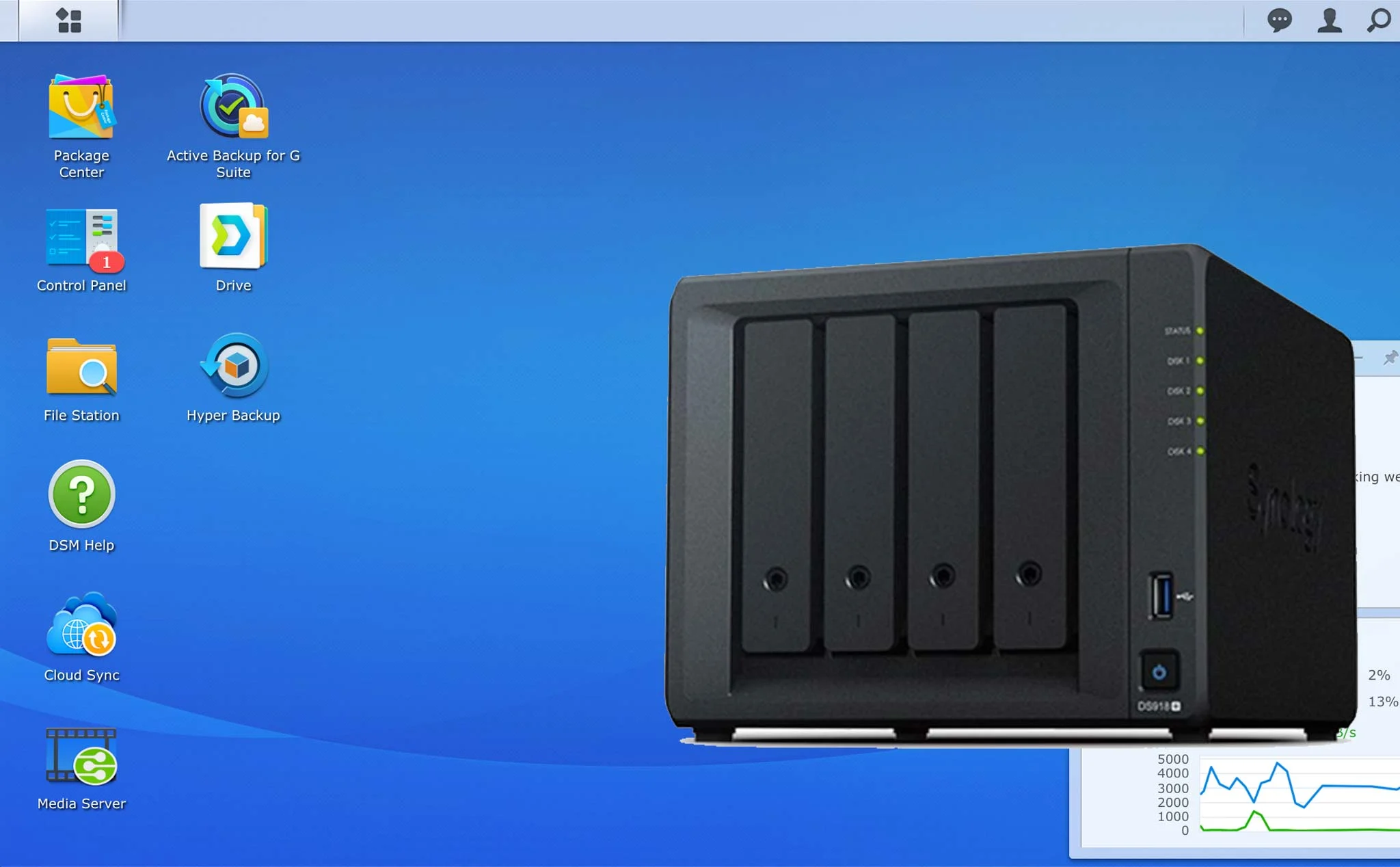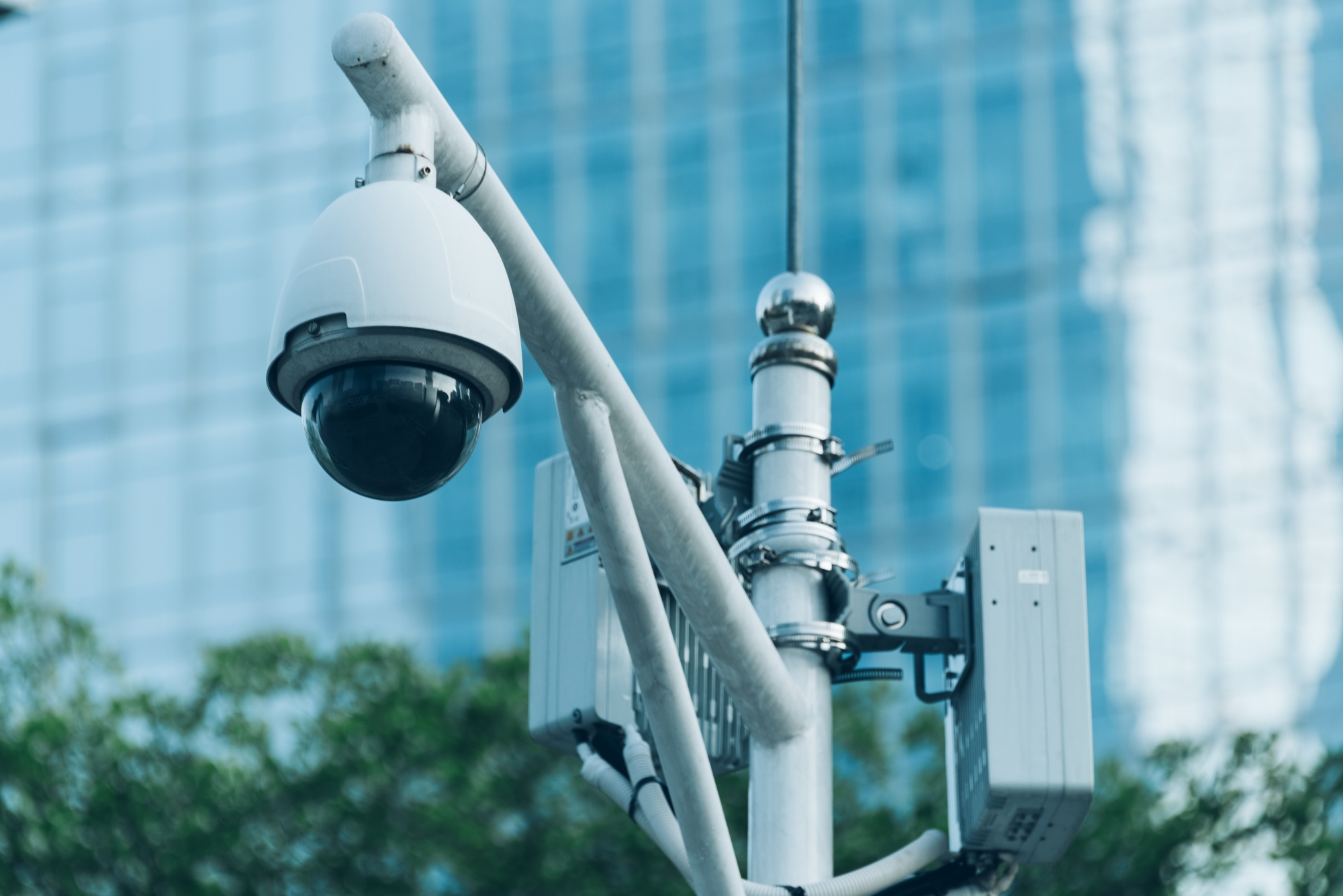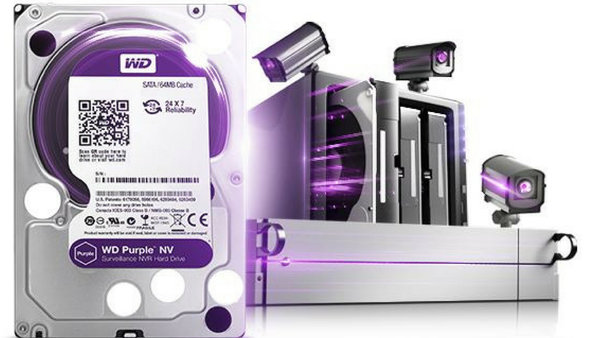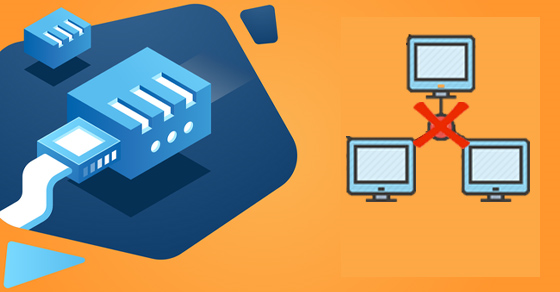What is Raid? In the 1980s and early 1990s, IT giants faced rapidly increasing the volume of data that needed to be stored. Storage technologies are becoming very expensive to place a large number of highly capable hard drives on Server – CCTV systems, so RAID was born to solve this dilemma.
First, RAID stands for Redundant Array of Inexpensive Disks. This is a system that works by connecting an array of low-cost hard drives together to form a single, high-capacity storage system that supports high efficiency and is more reliable than previous solutions. RAID was used and implemented as a storage method for Server – CCTV systems in enterprises, but over the next 5 years became popular among all users. After, people find out through what is Raid? will come the equally important sequel in Raid Array is….
What is a Raid controller?
It is a device that can be a Card or Chip that holds the operating system & storage drive. The main task is to manage hard drive and In & Out retrieval data. Raid controller allows the use of Raid array at many levels Raid 0, 1, 5, 6, 10, 50 … &; provides high fault tolerance, minimizes the risk of data loss.
Raid controllers work by virtualizing single hard drives into separate groups with storage and redundancy functions to protect specific data. Today, the communication backend of raid controllers that support the Sas &; Sata standard rarely use Scsi or Fibre Chanel.
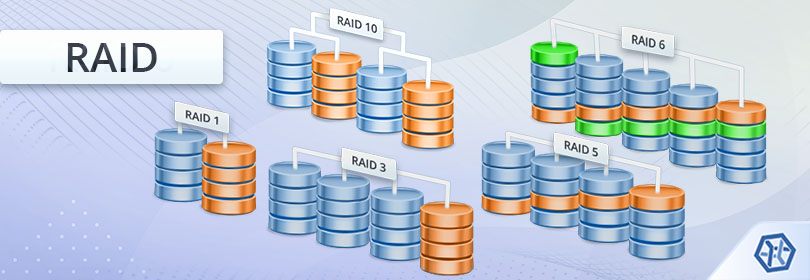
3 Main advantages of using RAID types
-
Safe because there is a redundancy mechanism
-
High efficiency, large capacity memory usage
-
Easy user data management, detailed folder division
Redundancy is the most important factor in RAID development for server environments. Redundancy allows backing up memory data when problems occur. If a hard drive in the array malfunctions, it can be swapped out to another hard drive without shutting down the whole system or being able to use a spare hard drive. The backup method depends on which version is used.
When applying powerful RAID instances, you can clearly see its increased efficiency. The efficiency also depends on the number of hard drives linked together and the control circuits.
All managers of IT corporations want to reduce costs. At its inception, price was a key issue. The goal of RAID Array arrays is to provide better memory to the system than using large capacity drives separately.
The most common types of raid configuration
There are 4 basic levels that are commonly used: RAID 0, 1, 5, 6. In addition, there are other expansion levels such as Raid 10, 50, 60 … Depending on the needs, the system administrator will choose the Raid Array to suit the needs, applications, and reasonable costs that the business sets. Going into details of each common raid type, read on below
1. What is Raid 0?
RAID 0 is a RAID configuration without redundancy. If any drive in a RAID 0 array fails, the entire array fails and the system will not be able to read or write files. Data from individual drives can be recovered but it is useless unless it can be recreated properly. Since implementing each RAID0 has unique configuration parameters, RAID 0 reproduction is a very difficult task.

Raid 0 consists of at least 2 hard drives with the same capacity or possibly different capacity but will take the lowest capacity. Raid 0 can be used on standard SSDs vs HDDs.
Raid 0 does not allow hard drive damage because the Raid 0 mechanism does not have a backup hard drive, so there is 1 damaged hard drive, corruption will lose all data on the Server – CCTV system
2. What is Raid 1?
RAID 1 is a simple RAID configuration that requires only two disks of equal size. When data is written to a RAID 1 array, it is written to a disk and simultaneously copied or “duplicated” to a backup disk. If a hard drive of a RAID 1 array fails, the system will continue to operate using the spare disk.
RAID 1 arrays are built to protect data. Instead of writing data to disk 1, RAID 1 writes the data simultaneously to two hard drives.
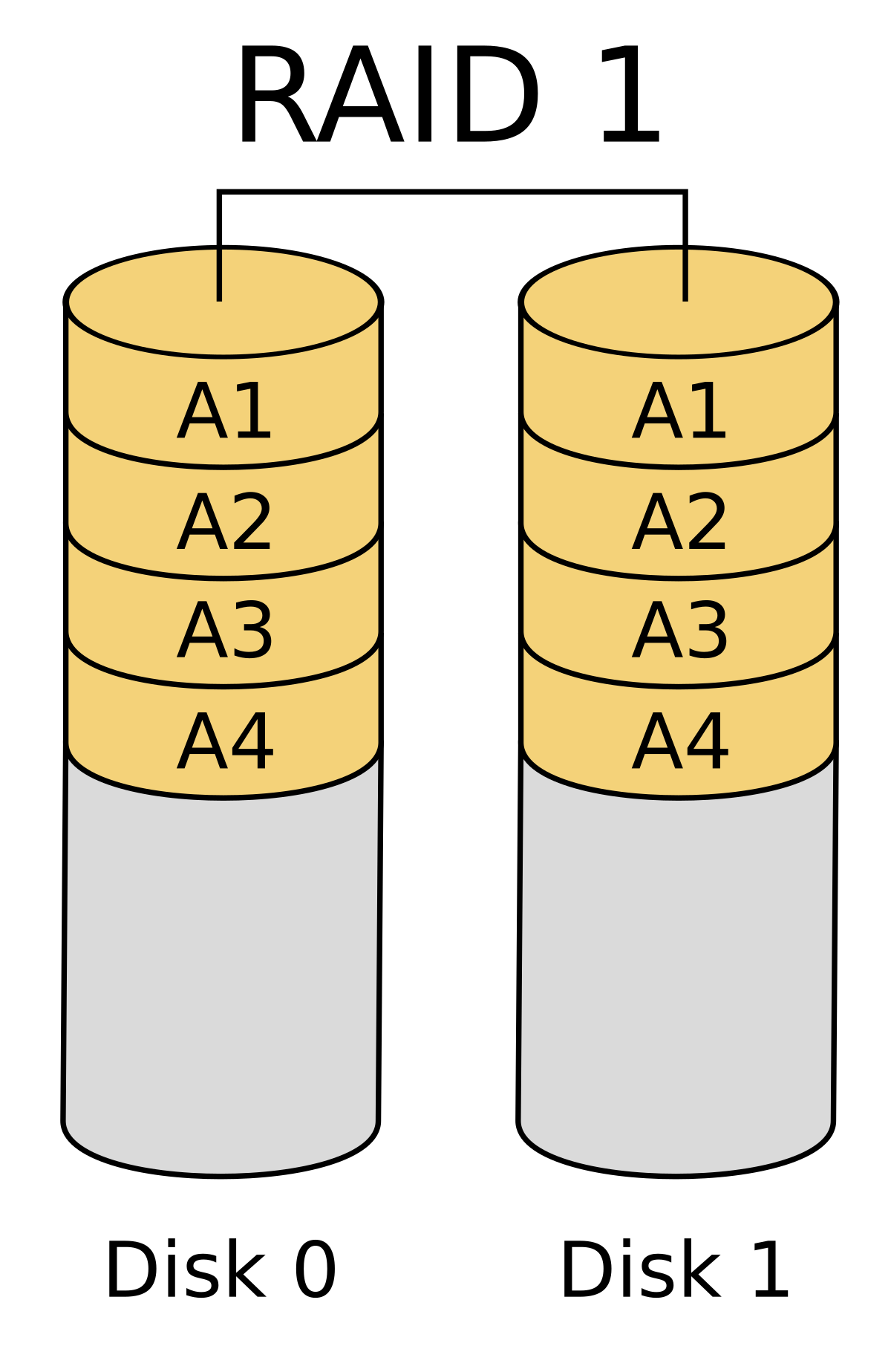
The operating mechanism of Raid 1 is difficult to damage data. If you want your data to be safe, you can consider using a Raid 1 configuration. But the downside is slow data retrieval.
3. What is Raid 5?
RAID 5 is a RAID configuration that combines split with redundancy. The split part of RAID 5 is very similar to that of RAID 0, but the redundant part is quite different. The RAID 5 system creates redundancy by calculating parity blocks and distributing those parity blocks among all drives in that array.
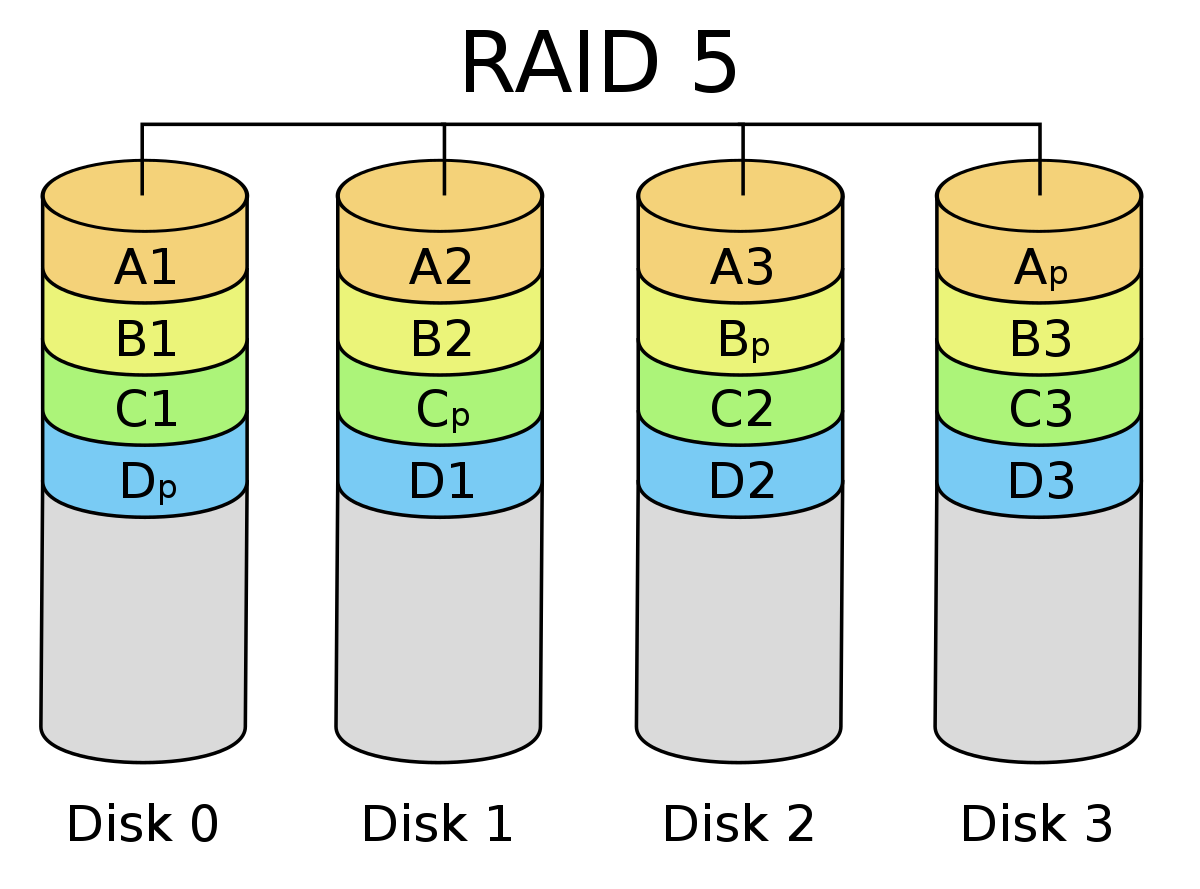
There are at least three hard drives required for a RAID5 system. The maximum number of drives is limited by RAID controllers. RAID5s are very popular because they have capacity benefits (N-1), a combination of redundancy that ensures data safety.
A Raid 5 system needs a minimum of 3 hard drives of the same capacity to create a Raid 5 array (if the hard drive has different capacities, then Raid 5 will take the lowest disk capacity as a benchmark). There is no maximum limit to the number of hard drives. Since the Raid 5 system mechanism is N-1, meaning that the Raid 5 array can only use 2 hard drives, if there is 1 hard drive in the Raid 5 system that fails, you can replace it after finding a new hard drive to replace.
Raid 5 only allows damage to one hard drive, so when the Raid 5 array fails, 1 hard drive. First, please backup all the data in the Raid 5 array. After that, replace the new hard drive directly into Raid 5 without having to shut down because usually Server – Nas – CCTV systems support hot swap.
Note: If you do not back up data, in the process of attaching a new hard drive to the Raid 5 array according to the mechanism, data must be synchronized, if during the synchronization process, another hard drive fails, your data will be permanently damaged. It is impossible to recover at the expert level.
4. What is Raid 6?
Raid 6 is an extension of Raid 5 by adding a parity block. So Raid 6 will provide 2 parity blocks on all hard drives in the Raid configuration.
Read performance on Raid 6 is no problem, but write performance on Raid 6 will be slower than Raid 5 because there is 1 more parity block.
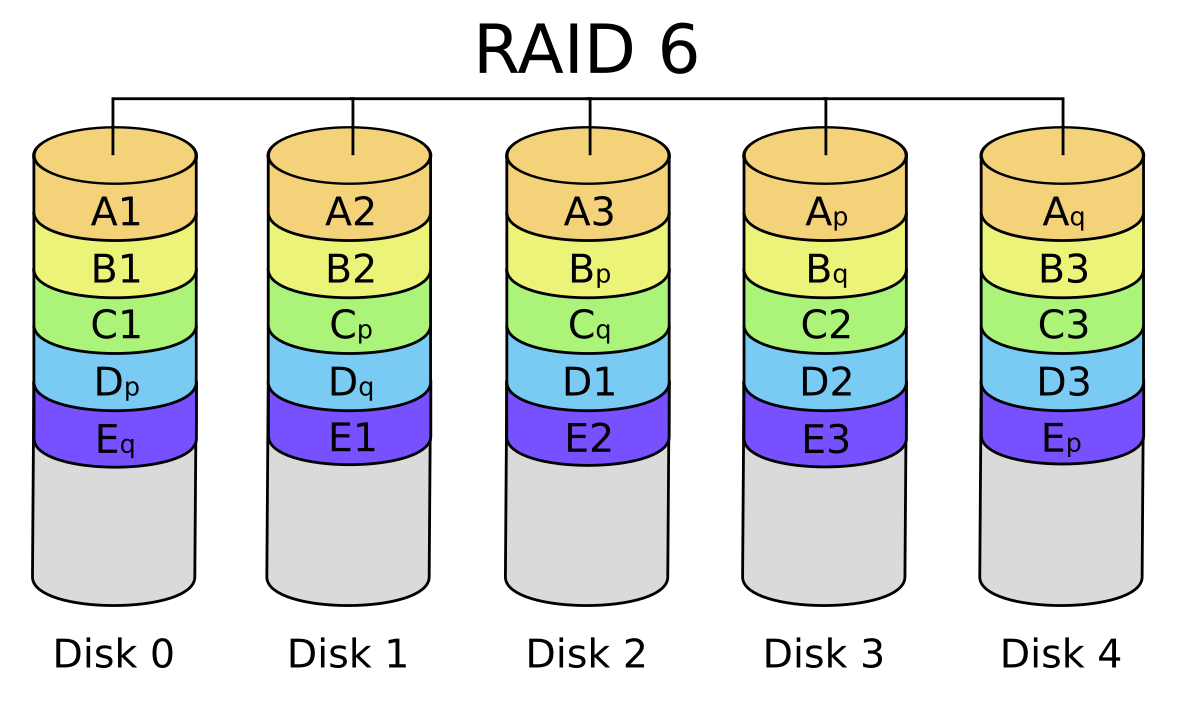
Because of the above regulations, Raid 6 allows up to 2 hard drives to be corrupted in raid configuration. Raid 5 only allows errors on 1 hard drive. Therefore, Raid 6 is often used in servers today due to the mechanism of Raid 6 is safe for data.
5. What is Raid 10?
RAID 10, also known as RAID 1+0, is a raid configuration that combines hard disk clone and hard disk writing to protect data. Raid 10 requires a minimum of 4 hard drives and data on the Block, mirrored pairs. As long as one hard disk drive in each copied folder works, the data can be retrieved. If two hard drives in the same pair are cloned unsuccessfully, all data will be lost because there is no parity.

RAID 10 provides data redundancy and improved performance, and is a good choice for I/O-intensive applications – including email, web servers, databases, and operations requiring high disk performance – and organizations that require little to no downtime.
RAID 10’s high performance and ability to accelerate both write and read operations, make it suitable for heavily used, mission-critical database servers. However, the minimum requirement of four disks makes RAID 10 an expensive choice for smaller computing environments, as it requires 100% storage capacity costs, which can be overkill for small businesses or consumers.
RAID 10 is an economical and technically simple approach to data protection combined with increased performance.
Data is fully redundant in a RAID 10 environment. And because it doesn’t rely on parity to rebuild any data elements lost in a disk crash, recovering data in a RAID 10 array is very fast, resulting in little downtime.
Basic data separation of RAID 10 is an effective way to improve performance for applications that do not require large amounts of data.

Since RAID 10 requires 100% capacity overhead, it is not an ideal RAID deployment for large amounts of data. The capacity “penalty” for other forms of RAID — especially those based on parity — is much smaller.
RAID 10 is an effective alternative for smaller applications, but it doesn’t scale well.
If a disk array has to move to the cloned drive(s), a new clone will have to be created as soon as possible to ensure ongoing data protection. Copying all original data to a new drive or set of disks can be time-consuming and can hinder ongoing operations that rely on data.
6. What is Raid 50?
RAID 50, also known as RAID 5+0, combines the straight block-level band of RAID 0 with the distributed parity of RAID 5. Because a RAID 0 array is distributed along RAID 5 arrays, a minimum RAID 50 configuration requires 6 drives.
Below is an example where 3 Raid 5 arrays (120GB*3) are stacked together to create a primary 720GB total storage equal to the size of a Raid 50 array.

One drive from each RAID 5 set can fail without data loss. And you can imagine in this Raid 50 array can allow failure up to 3 drives. Thus, you can realize the level of complexity in Raid 50.
RAID 50 improves the performance of RAID 5 especially during writing and provides better fault tolerance than single Raid levels. This level is recommended for applications requiring high fault tolerance, capacity, and random access performance.
As the number of disks in the Raid array increases and the capacity of the drives increases, this affects the corresponding failure recovery time as the Raid set rebuild interval increases. Raid 50 is commonly used in Nas and San systems.
Transactions read data very quickly while transactions write data slightly slower (due to parity having to be calculated). If a drive fails, you still have access to all data, even if the faulty drive is being replaced and the storage controller rebuilds the data on the new drive.
Drive failures do affect throughput, although this is still acceptable. This is complex technology. If one of the disks in the array uses a failed 4TB disk and is replaced, data recovery (rebuild time) may take a day or longer, depending on the load on the array and the speed of the controller. If another disk is damaged during that time, the data will be lost forever.
Thank you for following kabevision.com article!










 Tiếng Việt
Tiếng Việt

